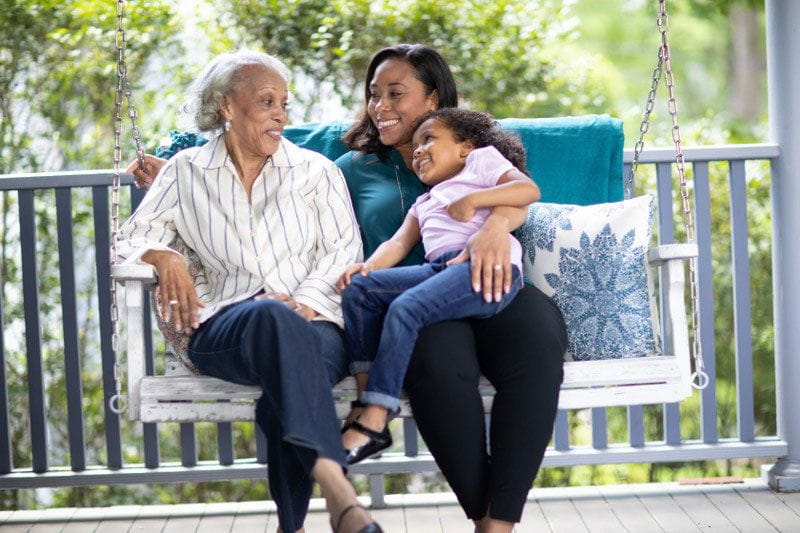One of the headlines about child care during the pandemic has been about ingenuity: specifically, how creative employers have been providing supports for working parents.
“Summer was a challenge,” wrote Working Mother in September of parents dealing with a complete reordering of the school year. “Compassionate employers are making the fall easier.”
It’s not just the school year being upended. Employers will need to show the same compassion and creativity for those navigating elder care.
Elder care was already a crisis before the pandemic, with millions providing unpaid care for family members. And as with child care, almost everything about the responsibility has changed.
Families are very much on their own: Newly intent on avoiding assisted living or other group care, caregivers are increasingly caring for loved ones at home.
Far-off relatives and are no longer within reach: There’s no easy flight to get to family in another state who suddenly need help.
Caregivers are skewing younger: According to the New York Times, a substantial portion of the 40 million caregivers in the United States are Millennials in their 20s and 30s.
Finances are stretched thin: “Fifteen percent are providing financial support to both an aging parent and a child,” writes Axios.
Emotions are similarly frayed: More than a third have both grown children and parents relying on them for emotional support.
Perhaps most concerning are the substantially heightened work-life conflicts for people in the sandwich. Millennial and Gen X caregivers are likely parents themselves right now, meaning they’re simultaneously managing the aforementioned school shutdowns, remote learning, and care for children who are now potentially at home around the clock. Older parents may well have adult children returned to the nest. All are stretched to the limit. If caregiving conflicts were a simmering source of job exits before the pandemic, they’re boiling over now. In just the roughly seven months since COVID appeared, such conflicts have prompted a third of the workforce to rethink careers. The snowballing impacts could be cataclysmic for employers who need not only to keep fully staffed workforces; but employees with their heads dependably in the game.
And that’s where employers can take a page from the child care playbook, leveraging creative solutions -- caregivers for immediate needs; coaching to prepare for the future; access to service providers such as meal delivery for family members who live for away – to provide not just a single answer, but a menu of them.
What’s clear is an urgent need. The population of elders is ballooning wrote the Atlantic. Worse, “The vast majority of families have not readied themselves for the substantial financial costs,” wrote Forbes. “Nor have they discussed how they will manage the needs of parents or spouses.”
The complete change in expectations wrought by the pandemic has only added to that need. And as with child care, one size solution will not conquer all.





